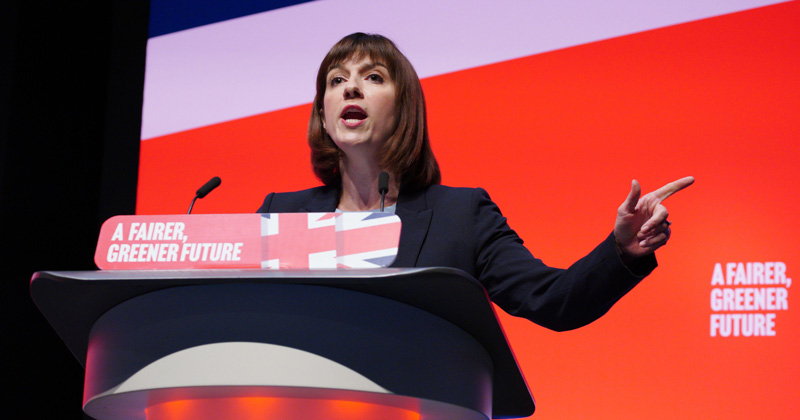Falling pupil rolls across England leave “ample space” for any youngsters forced out of private schools by Labour’s plan to charge them VAT and business rates, Bridget Phillipson claimed this week.
But senior Conservative MPs have questioned whether state schools could cope with an exodus of pupils from the private school sector. So who is right?
Critics of the policy have warned it could lead to as many as 90,000 private school pupils joining the state sector. The Institute for Fiscal studies estimates a smaller move of up to 41,000 pupils.
Analysis of pupil number projections by Schools Week shows the number of pupils in state primary and secondary schools is expected to fall by 46,000 in 2024 alone.
But numbers will then plummet by another 90,000 in 2025 and by more than 100,000 every year from 2026 until 2030.
Overall, pupil numbers are due to fall 12 per cent over the next decade meaning there will be 650,000 fewer pupils in state education in 2030 than in 2020.
This is more than the total number of pupils in England’s independent schools, which sits at 592,000 according to Department for Education’s 2022-23 census. The most dramatic falls are in London.
Local authority data shows there are already hundreds of thousands of spare places in England’s schools.
It is estimated that there will be more than 713,000 spare primary places in September next year, and just 20,000 additional places needed to meet demand in the few areas with rising populations for the following year.
At secondary level it is expected there will be more than 313,000 spare places and just 34,000 more needed to meet demand.
Overall, the data backs up Phillipson’s claim that state schools have capacity for an exodus of private school pupils.
















Its 227,000 children and the State capacity is 67,000.
Get your facts right.